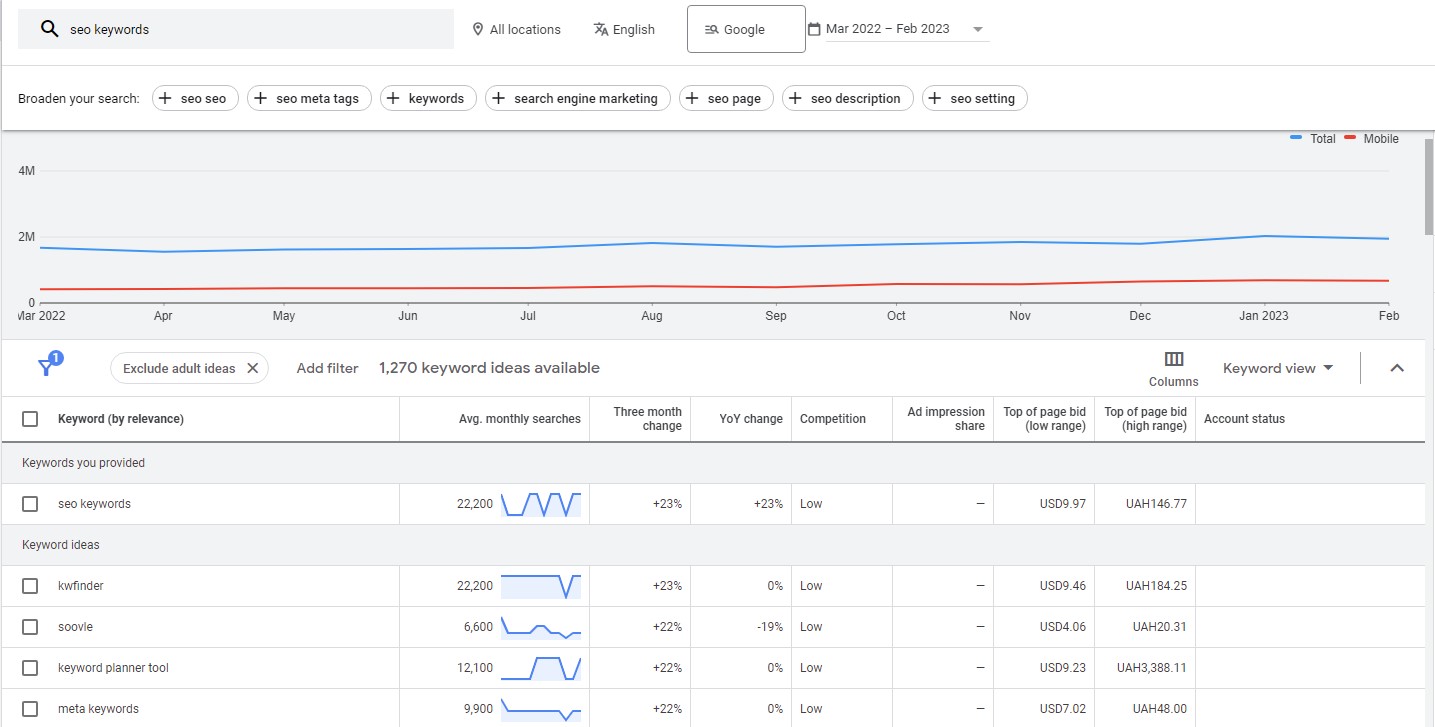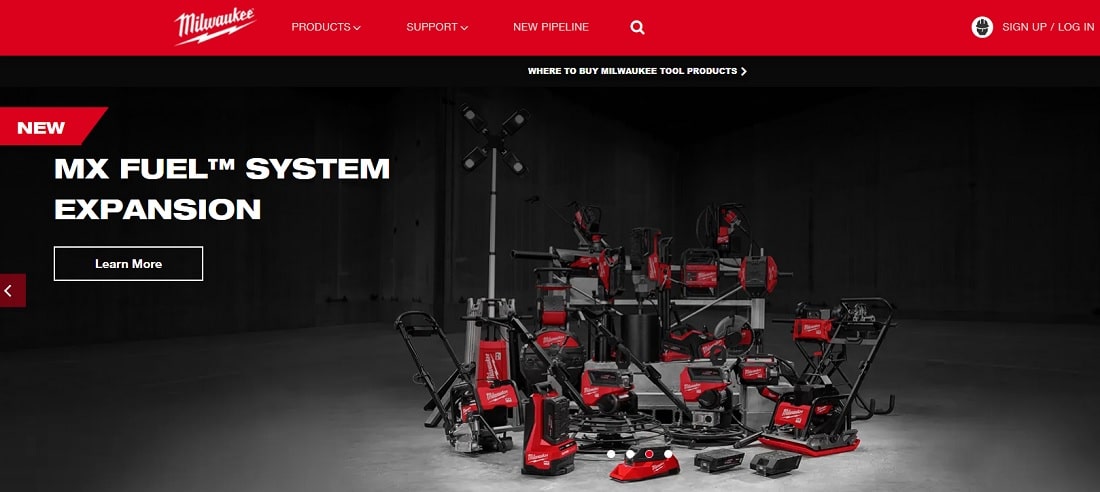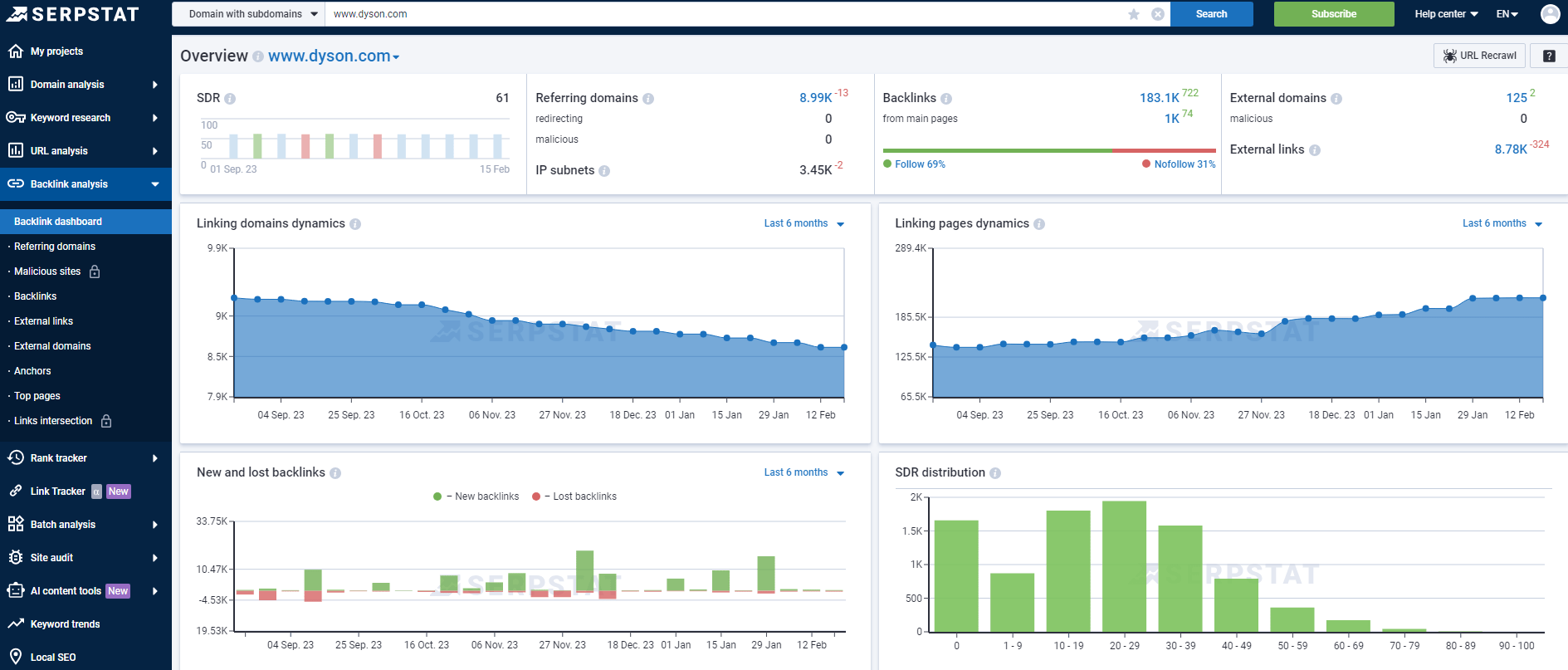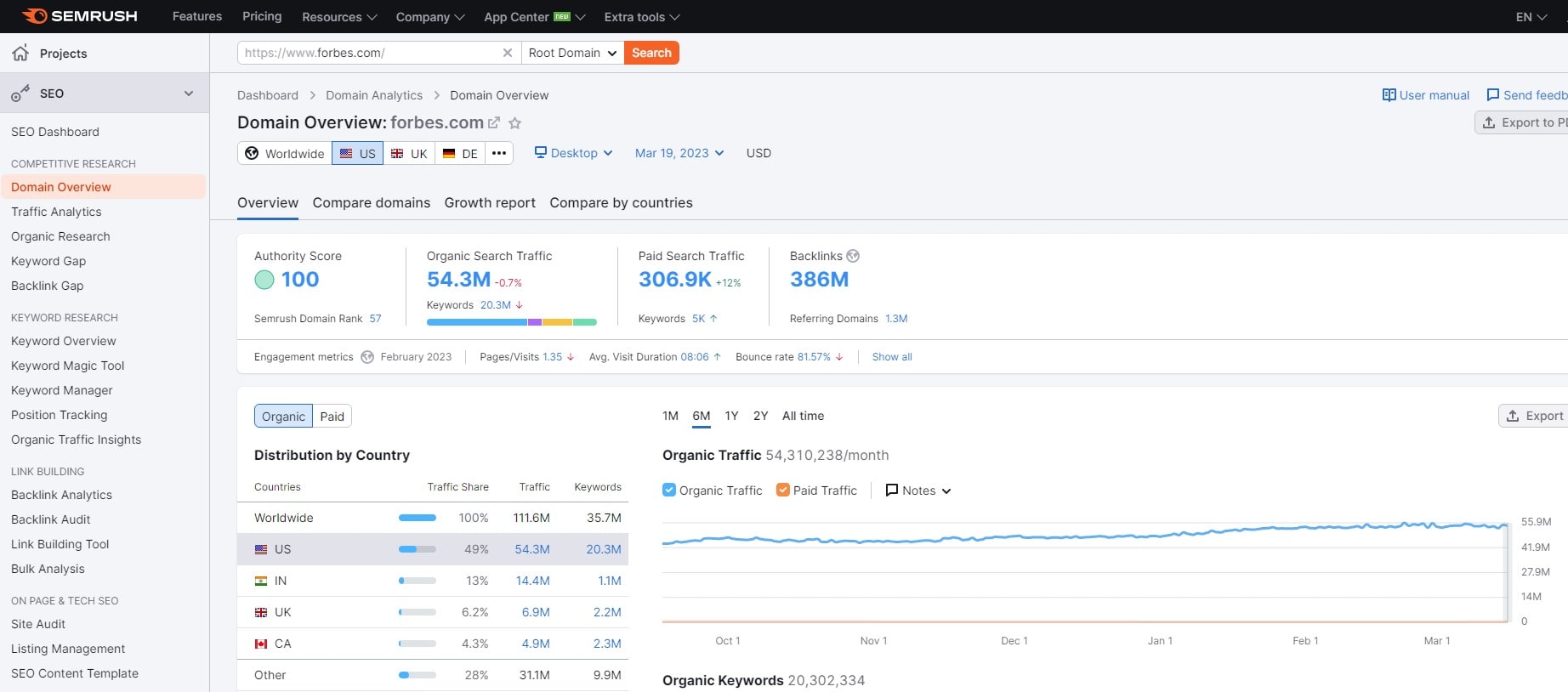Have you tried unlocking your home’s front door using your car key? It’s unlikely to work. The same logic applies to Homepage SEO. It’s a unique beast in the digital marketing jungle, distinct from traditional SEO practices. Imagine your website’s homepage as a digital front door – it’s the first encounter for visitors and search engines alike. Just as Plerdy excels in optimizing user experiences, understanding and mastering Homepage SEO is crucial for making a powerful first impression. It’s not just about attracting visitors; it’s about engaging them from the start. This introductory guide will illuminate the path to optimizing your homepage for search engines, ensuring it’s not just another door on the internet block but a welcoming gateway to your digital presence.
Understanding Homepage SEO

Imagine standing at the entrance of a maze – your homepage in the vast digital world. How you guide your visitors from this point determines the success of your digital journey. Understanding Homepage SEO is like having a map for this maze. It’s not just about being found; it’s about ensuring visitors are intrigued enough to explore further.
Definition and Importance of Homepage SEO
SEO improves search engine rankings and website traffic on your homepage. In contrast to more conventional forms of search engine optimization, the goal of homepage SEO is to create an engaging landing page that conveys your brand’s values and products in a nutshell. It’s crucial because your homepage often forms the first impression of your business. A well-optimized homepage draws traffic and enhances user engagement and retention.
For businesses, the homepage is your digital storefront. As highlighted in a Moz study, first impressions are formed within seconds. Hence, your homepage must communicate your core message efficiently and effectively. This involves a blend of aesthetic appeal, clear messaging, and strategic keyword placement, all while ensuring a seamless user experience.
Basic Principles of Homepage SEO
The basic principles of Homepage SEO revolve around optimizing various elements such as content, layout, keywords, and technical aspects like loading speed and mobile responsiveness. Each element determines how search engines and users perceive your homepage.
Firstly, content is king. Your homepage content should be concise yet powerful enough to communicate your brand’s unique value proposition. Keywords play a critical role here, and their strategic placement can significantly improve your search engine rankings. According to Search Engine Journal, using relevant, high-search-volume keywords in your homepage content can increase its visibility manifold.
Equally important is the technical side of SEO. This includes optimizing your website’s loading speed, ensuring it’s mobile-friendly, and implementing structured data to help search engines understand your content better. A slow-loading, mobile-unfriendly homepage can increase bounce rates, hurting SEO.
Understanding and implementing effective Homepage SEO is critical for any online presence. It’s about making your homepage not just a point of entry but a gateway to a memorable user journey. Focusing on the essential elements of Homepage SEO sets the stage for your website’s success, ensuring visitors are compelled to step in and explore once they arrive at your digital doorstep.
Keyword Selection Strategies for Homepage SEO

In Homepage SEO, selecting the right keywords is akin to choosing the perfect keys to unlock the treasure chest of online visibility. It’s about having a few keys but the right ones that fit perfectly. This section dives into the art of choosing effective keywords to ensure your site speaks to your visitors’ language and attracts them.
Researching Keywords
Thorough research is the foundation of a robust keyword strategy. This method finds keywords and phrases your target audience uses to find your products or services. Tools like Google’s Keyword Planner and SEMrush offer insights into search volumes, competition levels, and keyword relevance. It’s about more than high search volume; relevance to your brand and offering is crucial.
An effective approach is to think from your customers’ perspectives. What are their pain points, desires, and common queries? Tools like Answer the Public provide a window into the variety of questions and phrases people use around your topic. This research helps craft a popular keyword list that aligns seamlessly with your audience’s needs and business objectives.
Implementing Keywords
Once you have your list of researched keywords, the next step is strategic implementation. This requires natural, easy-to-read keyword integration into your homepage text. Overstuffing your homepage with keywords can do more harm than good, leading to a poor user experience and potentially attracting penalties from search engines.
Integrating these keywords into your homepage’s meta tags, headers, and body content is key. Your primary keyword should feature prominently in your homepage’s title and meta description tag, as these elements are critical for search engine rankings. Additionally, incorporating keywords into headers (H1, H2 tags) not only aids SEO but also improves the structure and readability of your content.
A well-researched and thoughtfully implemented keyword strategy can significantly elevate your homepage’s SEO performance. Instead of stuffing your content with keywords, craft a compelling story that your audience and search engines will love. Understanding keyword research and implementation gives your homepage the power to attract, engage, and convert your intended audience.
Optimizing Content for Homepage SEO

Optimizing content for Homepage SEO is like setting up the perfect welcome mat for your digital doorway. It’s not just about luring visitors in; it’s about giving them a reason to stay and explore. A well-optimized homepage content can significantly enhance user engagement and search engine visibility. Let’s dive into the strategies that make your homepage visible and irresistible.
Creating Engaging Content
The heart of a compelling homepage lies in its content. It should be clear, concise, and convey your unique selling proposition (USP). Start with a catchy headline that encapsulates your brand’s essence. Follow it with subheadings and paragraphs that address your audience’s needs and highlight the benefits of your offerings.
Use storytelling techniques to connect emotionally with visitors. Share your brand’s story, mission, or values in a way that resonates with your audience. People don’t just buy products; they buy stories and emotions.
Incorporate your primary keyword naturally in the first 100 words. According to Yoast SEO, placing your main keyword early helps Google understand the topic of your content. However, avoid keyword stuffing. Your priority should be readability and user engagement.
Include clear calls-to-action (CTAs) that guide visitors to the next steps, whether subscribing to a newsletter, viewing a product catalog, or contacting your team. Make these CTAs action-oriented and prominently placed for better visibility and conversion rates.
Multimedia and Visual Elements
Today’s users expect a rich multimedia experience. Integrating high-quality images, videos, and infographics can significantly enhance the appeal of your homepage. Images break up the text, making it more digestible and engaging.
Use images that reflect your brand’s personality and resonate with your target audience. Optimize these images by compressing their file size for faster loading times, and remember to include alt text with relevant keywords, as recommended by Moz. This not only improves accessibility but also contributes to image SEO.
Complex knowledge can be simplified with videos. Include a brief, engaging video introducing your brand or demonstrating your product.
Infographics are excellent for presenting data or processes in a visually appealing way. They can simplify complex information, making it more understandable and memorable for your audience.
Optimizing your homepage’s content for SEO is a multifaceted process. It involves crafting engaging text, leveraging the power of multimedia, and continuously adapting to your audience’s preferences. By focusing on these elements, you create a homepage that ranks well in search engines and captivates and converts your visitors. It’s about creating a digital space where visitors feel understood, engaged, and compelled to take action.
Technical Aspects of Homepage SEO

In the intricate world of Homepage SEO, technical aspects are the unsung heroes. Often overshadowed by content and keywords, these technicalities are the backbone that supports your homepage’s SEO success. Let’s delve into the technical nitty-gritty that ensures your homepage is not just a pretty face but also a robust performer in the SEO arena.
Meta Tags and Structured Data
Meta tags are the silent communicators between your homepage and search engines. Your title tag and meta description are critical; they are your first handshake with search engines and users. Craft them to accurately reflect your homepage’s content, incorporating primary keywords in a natural, engaging manner. According to HubSpot, a well-written meta description can significantly improve click-through rates.
Structured data, or schema markup, lets you speak search engine language. You may improve your chances of getting rich snippets in search results by labeling the elements of your homepage. This helps search engines comprehend the context and structure of your material. This increases visibility and click-through rates. Resources like Schema.org provide guidelines and tools to implement this effectively.
Speed and Mobile Optimization
In the age where speed is synonymous with efficiency, a slow-loading homepage is a surefire way to increase bounce rates and decrease user satisfaction. Tools like Google’s PageSpeed Insights can help you identify and rectify elements that slow down your page. Compress images, minimize CSS and JavaScript, and leverage browser caching to ensure your homepage loads swiftly.
Mobile optimization is no longer optional. With more mobile users, your homepage must be responsive and mobile-friendly. This is not just about aesthetics; Google’s mobile-first indexing means your homepage’s mobile version is the primary one evaluated for ranking. Ensure your homepage’s design, content, and navigation seamlessly adapt to various screen sizes.
Mastering the technical aspects of Homepage SEO is akin to fine-tuning a high-performance engine. Every cog, from meta tags to mobile responsiveness, works perfectly. Your homepage must be aesthetically pleasing and technically sound to compete in the fast-changing digital market.
SEO and Building Links: A Strategic Approach

In the realm of SEO, building links is a fundamental strategy. Just as a busy storefront attracts more attention, a website with numerous authoritative links gains greater visibility online. This section explores how to master link-building in SEO, enhancing your homepage’s visibility and ranking.
Prioritizing SEO through Quality Backlinks
Securing top-quality backlinks is a pivotal element of successful SEO. In SEO, links from esteemed websites act as endorsements, boosting your site’s credibility in search engines’ eyes. To achieve this, focus on generating SEO-friendly content that organically attracts backlinks, like engaging blogs, dynamic infographics, or thorough research articles. SEO also benefits from guest blogging on well-regarded platforms, which can provide both exposure and valuable links.
Using SEO to Harness Backlink Opportunities
SEO isn’t just about creating content; it’s also about leveraging existing relationships for backlink opportunities. Collaborate with suppliers, clients, or industry allies to gain backlinks. Quality and relevancy of links often trump numbers in SEO. SEO tools like Moz’s Link Explorer are instrumental in evaluating the strength and relevance of potential backlink sources.
SEO and the Power of Social Proof
In SEO, social proof acts like digital word-of-mouth. It encompasses customer testimonials, user reviews, expert opinions, and case studies, which can significantly influence SEO by enhancing your homepage’s trustworthiness and appeal.
For effective SEO, feature customer testimonials prominently on your homepage. Highlight positive feedback from platforms like Trustpilot or Google Reviews. Showcasing awards or accolades your business has earned can bolster your SEO efforts. Case studies that exhibit your product’s or service’s effectiveness can further solidify your homepage’s SEO.
Integrating Social Media into SEO
Incorporating social media engagement into your homepage adds a layer of authenticity and dynamism, which is crucial for SEO. Displaying your social media feed or user-generated content can make your homepage more engaging and relatable. This strategy supports SEO and fosters a sense of community around your brand.
In conclusion, linking and social proof are vital components of Homepage SEO. It’s about weaving a network of trust around your brand through external SEO-driven links and internal endorsements like social proof. This dual approach amplifies your homepage’s SEO success and elevates your brand’s reputation, making SEO an invaluable tool in the digital marketing arsenal. Trust is key in the online world, and investing in SEO-focused link-building and social proof enhances your brand’s perceived value to search engines and prospective customers.
Monitoring and Maintaining SEO Health

Like a well-tended garden, your website’s SEO needs regular nurturing and attention. Maintaining your homepage’s SEO is a continual process. This section delves into the essential practices of keeping your SEO efforts effective and responsive to the ever-evolving digital landscape.
SEO Monitoring Tools
Effective SEO monitoring starts with the right tools. Utilize platforms like Google Analytics and SEMrush to track your homepage’s performance. These tools provide insights into traffic patterns, keyword rankings, and user behavior. Regularly checking these metrics helps identify trends and anomalies. For instance, a sudden drop in traffic could indicate a penalty or a technical issue, while an increase might reveal successful optimization strategies.
Stay updated with Google’s algorithm updates. Websites like Search Engine Journal often provide timely updates and expert analysis on how these changes might affect your SEO strategy. Adapting to these changes promptly can save your homepage from losing its hard-earned ranking.
Regular Updates and Adjustments
SEO is not a set-and-forget endeavor. The digital world is dynamic, with user preferences and search engine algorithms constantly evolving. Regularly update your homepage content to keep it fresh and relevant. This could include updating statistics, adding recent testimonials, or refreshing the multimedia elements.
Conduct periodic SEO audits to assess your homepage’s health comprehensively. Check for broken links, optimize load speeds, and ensure mobile responsiveness. Tools like Moz’s Site Audit can automate this process and highlight areas that need attention.
Maintaining your homepage’s SEO health is crucial for online visibility and success. It requires constant monitoring, analysis, and upgrading. Staying alert to SEO changes ensures that your homepage performs effectively and provides visitors with an engaging and relevant experience. In the SEO world, complacency is the enemy, and continuous improvement is the ally that keeps your homepage thriving in the competitive digital arena.
Conclusion
Embarking on the SEO journey for your homepage is like unlocking a door to endless possibilities. We’ve traversed through the essentials of Homepage SEO, from understanding its core to mastering the art of content optimization and technical finesse. SEO is a continuous process, evolving as swiftly as the digital world. Curious to dive deeper? Plerdy’s blog is a treasure trove of insights, brimming with articles that can further elevate your SEO game. And if you’re looking for a tool to bring this knowledge into action, Plerdy’s comprehensive suite of SEO and analytics tools is your go-to solution. Let Plerdy be the compass guiding your website to the pinnacle of digital success.
